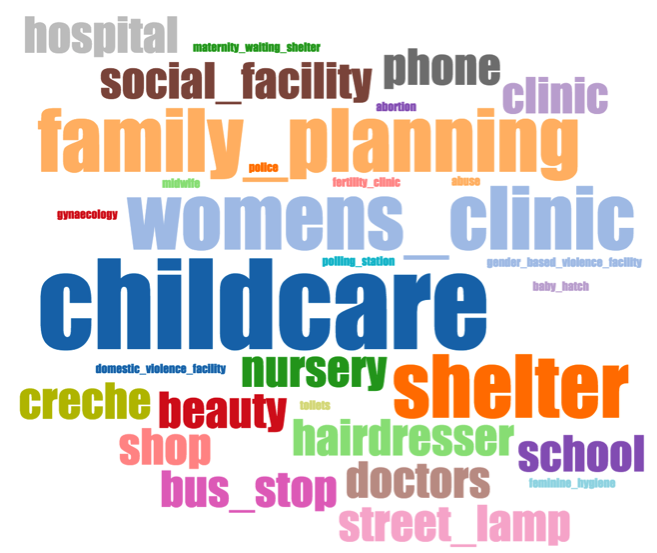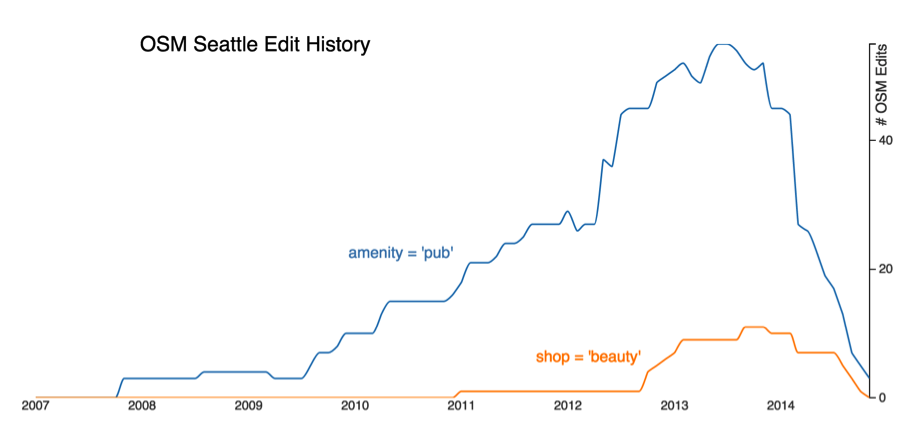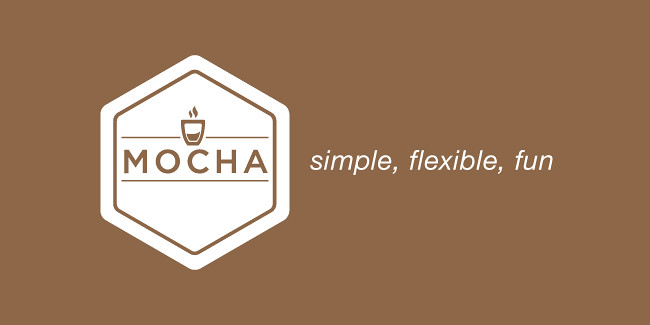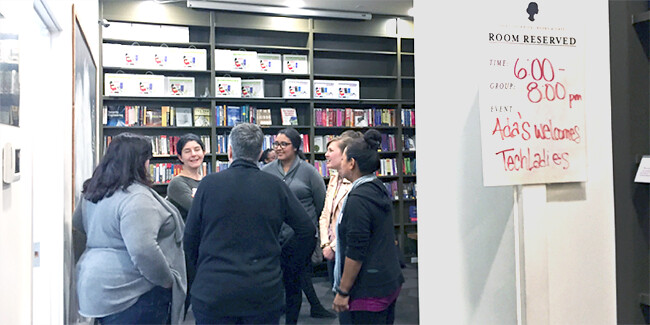Happy International Women’s Day! Today is a great opportunity to reflect on women’s accomplishments and challenges. Let’s take a look at some of these.
OpenStreetMap, for example, is hosting several Mapathons geared toward women and girls:
The OpenStreetMap community encourages diversity among its contributors to support digital literacy, and to maintain a map that further represents the diverse global population.
OpenStreetMap has compiled a list of tags that particularly identify important resources for women.

We took a closer look at these tags using OpenStreetMap’s history data. The OpenStreetMap, or OSM, history data is comprised of about 10 years of recorded tag and map feature additions, deletions, and updates. It’s a substantial and interesting dataset to work with.
The osm-history-splitter and osm-history-renderer are great tools to use when working with OSM history data and a PostgreSQL database.
We used these tools for a brief investigation of Seattle’s OSM history data and women-related tagging. “amenity” = “pub” and “shop” = “beauty” are two OpenStreetMap tags that are often considered gender-specific. Comparing the OpenStreetMap editing activity for each revealed the following results:

The number of edits to “amenity” = “pub” has increased much more rapidly than the number of edits to “shop” = “beauty” over the past several years. A similar trend is found when comparing childcare-related tags (such as “nursery”, “crèche”, and “kindergarten”) as well. A more thorough investigation might shed light on whether women-related tags such as these are underrepresented in OpenStreetMap.
OSM historical edit data is one of many useful sources in determining tagging trends, and identifying ways to make OpenStreetMap more accessible to women.
We’re looking forward to talking more about this topic at the July 2016 State of the Map, which will be hosted in Seattle.
Hope to see you there!




